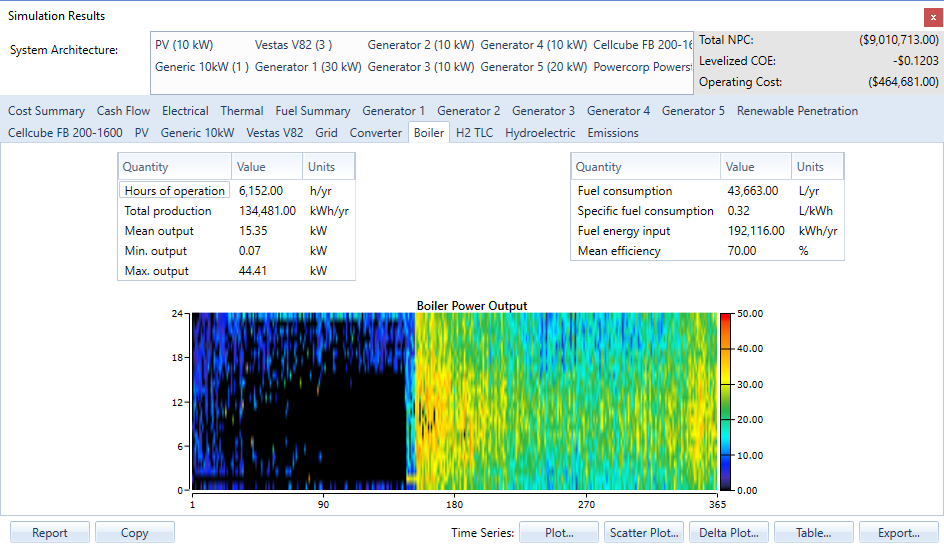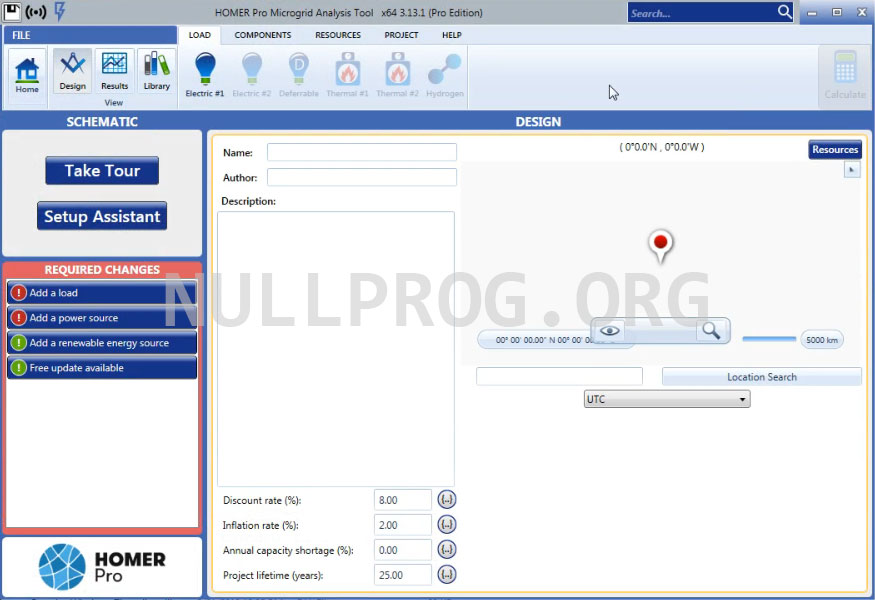


The parameters of these energy systems are based on information about local weather conditions available in databases.
Homer pro software license generator#
In this case study, HOMER Energy Pro is implemented to design and analyze the performance of two MGs: (MG1) a stand-alone PV and wind system with a diesel generator and (MG2) a grid-connected PV and wind system.
Homer pro software license plus#
However, HOMER (Hybrid Optimization of Multiple Energy Resources) Energy Plus has been most widely used and reported for designing and analyzing MGs besides, it offers several functions such as annual energy analysis, optimization and economic analysis. ETAP, OPAL-RT and Sandia’s Microgrid Design Toolkit (MDT). At present, several computer tools can be employed to design, plan and analyze MGs, e.g. The behavior, costs and other characteristics of the MG can be predicted by simulating it. The information about the loads should establish which of them require battery systems and other related constraints. A second consideration is the estimation of loads that will be connected to the MG. Meteorological and weather databases can be used to complete this task. information concerning the available resources) should be defined. The analysis and design of MGs must consider the type and amount of energy sources and, for that purpose, the environmental conditions (i.e. MGs can be located in almost any place that fulfills the environmental conditions for the implementation of their different energy systems (PV, wind or hydroelectric) to guarantee the supply to the loads, but their installed capacity cannot be greater than 10 MW. At present, a significant number of MG projects are being developed around the globe, which means it is a growing research area with high potential. They have become a suitable option not only to provide electricity in remote areas but also to reduce the environmental impact of power generation. These distributed generation networks, known as microgrids (MGs), are commonly based on non-conventional or renewable energy sources and small-scale systems.

Nevertheless, these solutions can be optimized and synchronized. The electric power supply of the ZNI is provided by small diesel plants, photovoltaic (PV) panels or small hydroelectric power stations, which present service interruptions and involve higher generation costs than the SIN. However, this percentage corresponds to only 52 % of the national territory the remaining 48 % is mostly composed of municipalities and small towns known as Not Interconnected Zones (ZNI in Spanish). In this country, 96 % of the population is connected to the National Interconnected System (SIN in Spanish). In general, power plants are located far from consumers, which increases transmission losses in power lines as well as prices per kWh charged to consumers. Electricity generation in Colombia is mainly based on hydroelectric and thermal power plants, which represent 60 % and 30 % of the entire generation in the country, respectively.


 0 kommentar(er)
0 kommentar(er)
